![[date-header-bg.gif]](https://blogger.googleusercontent.com/img/b/R29vZ2xl/AVvXsEiCYE3aiPBDWXi-w43FiVfcz7g1sWfQbZekRtSRUquWmWhw6Meh7CwiOGZ_rw2xTPWrmXx1hs9Xdb1po-nZeRoxKqVO1r2IGQRwZqVs3r6Xo7OZP77jnFHpZNSW9kWkvY6Eh_ugorJDgOKe/s1600/date-header-bg.gif)
-Vol 4
|The Essentials of Style
-PORTER CLASSIC-
Made in JAPAN
![[date-header-bg.gif]](https://blogger.googleusercontent.com/img/b/R29vZ2xl/AVvXsEiCYE3aiPBDWXi-w43FiVfcz7g1sWfQbZekRtSRUquWmWhw6Meh7CwiOGZ_rw2xTPWrmXx1hs9Xdb1po-nZeRoxKqVO1r2IGQRwZqVs3r6Xo7OZP77jnFHpZNSW9kWkvY6Eh_ugorJDgOKe/s1600/date-header-bg.gif)
Ginza, Tokyo. Leo invited me to come over and catch up with him and his father Katsu during my stay in Tokyo. I love this print he made for an upcoming tee-shirt exhibition in their gallery space. It took almost a year to perfect this particular design, and they went through dozens of illustrations and typeface combinations before they decided on the “one” that would truly symbolize Katsu’s spirit. This gives you an idea of just how much thought goes through their design process. Most companies would have churned out a graphic in under a day, or a week at most. Porter Classic considers everything before they put anything out to the public eye. The attention to every detail, even a teeshirt design is incredible. Even the teeshirt itself is hand made in Japan and modified to Katsu’s exact specifications. If you get the chance to visit the exhibition, you’ll be able to choose a print, colour and then purchase a teeshirt, which will then be printed in front of you.
Leo also showed me through their last project; inviting their friends and customers to bring in their vintage clothing items, and then to have their team deconstruct and reconstruct the garments:
As you can see, during the reconstruction process the customer is allowed to add their own signature embroidery, emblems, and of course, utilize Porter Classic’s signature hickory and other fabrics. Katsu’s own unique look and style.
The main highlight of my visit was an invitation to preview their brand new Pawn Shop, located in the same International Arcade as their Porter Classic flagship store before their grand opening on Friday 02/04/10. Despite the normally negative connotation to the word or concept, the Porter Classic version showcased select items from Katsu’s incredible collection of timepieces, glasses, books, art, and other little odd bits and pieces, rather than the usual pawn shop fare of broken dreams and second thoughts. A gentleman’s pawn shop, if you could say that. Magnificent display of vintage and current timepieces - Breguet and Patek pocketwatches, 1/100 Pro Hunter Daytonas and SDs, of course, all in Katsu’s preferred all-black face and strap design. Other items included a collection of hard-to-find old Japanese books, such as a rare full series of cocktail recipes and alcohol related “stories”, alongside volumes of a hand painted 40’s fashion magazine, and some incredible original sketches by Japanese/French painter Leonard Foujita. Certainly not your typical pawn shop.
My favourite item displayed. You might have seen it through the slideshow, but here’s a close-up. It’s a knife, hand made by a master blacksmith. I’m not entirely sure what use or purpose it was made for, but it caught my eye immediately. It symbolizes to me the appreciation the people here have for form, exhibiting the pinnacle of a certain form of trade/artform. In a world of immediate gratification it was nice seeing something that could only be created with craftsmanship achieved after decades, if not generations worth of experience. They say if you lay it facing upwards on a table and drop a piece of paper on it, it will slice it cleanly. So sharp that it’ll cut you just looking at it?
Leo took me down the road to his “office” for a refreshing beverage. They’ve brought a few visitors here. Like Mr. Eric.
Katsu, and Leo Yoshida. Without the input from these men, especially Katsu, perhaps none of the industry that we know today would have existed. To know the influence and accomplishments this man has achieved for what we know as the scene today is truly mind boggling. There’s too many stories to tell, but know that Katsu was the epicenter and architect for what became the Ura-hara movement. After all, it was Katsu that first met a young man named Hiroshi to discuss the young budding designer’s desire to create a ’special subline’ with Porter. I think you can work out the rest.
Thank you both for the drinks, the conversation, and the laughs.
The Yoshida legacy continues. Toot toot.
PORTER CLASSIC
東京都千代田区内幸町1-7 インターナショナルアーケード
第1アーケード内
Tel 03-5512-0150
営業時間 11:00~20:00 年中無休
(next door to Imperial/Teikoku Hotel, 5 mins walk from Yurakucho station)
http://www.porterclassic.com



LikeFatherLikeSon . Porter Classic
Katsu Yoshida often encourages the young ones that
" life experience is accumulated by endless trials and turbulence. "
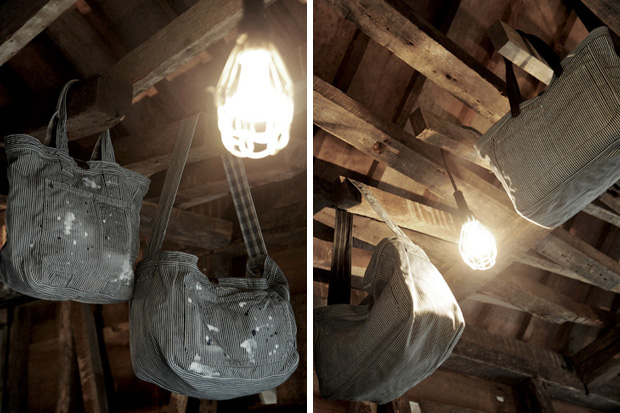
Designer Katsu Yoshida presents a new selection of bags from his label Katsu Classic. Founded in 2008, the label has gained considerable backing for its premium brand of handmade goods. This latest season features a series of hickory pieces, inspired by classic US workwear, with the theme implemented onto bag designs boasting a hint of vintage distressing and splattered paint effects. The line is now available through THINK SILLY, amongst other retailers.
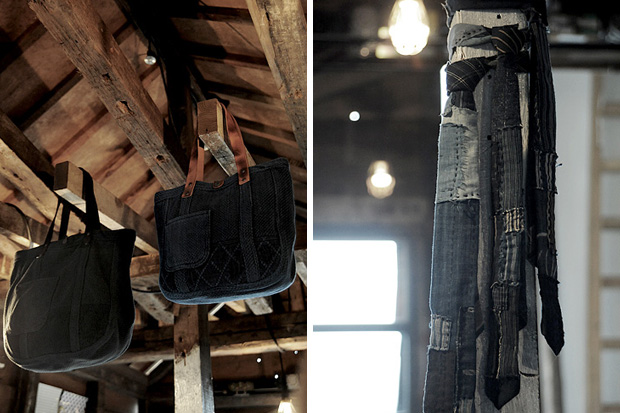
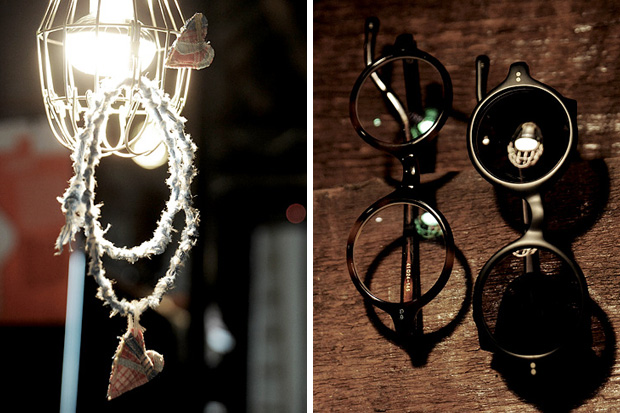
Collection
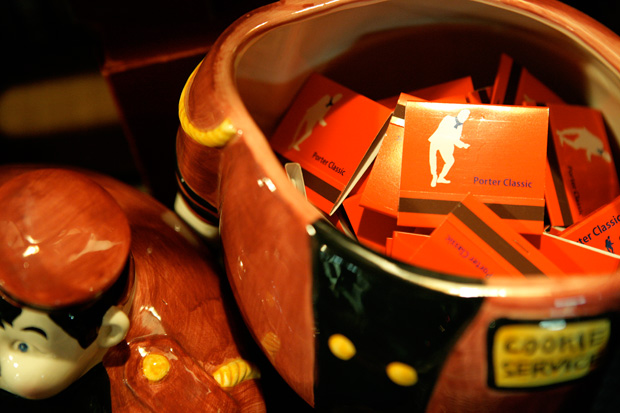
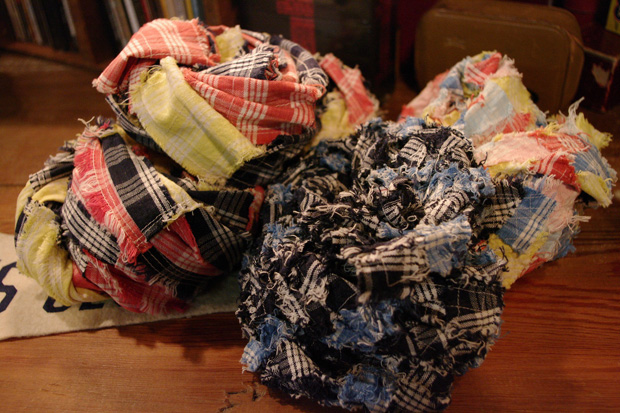
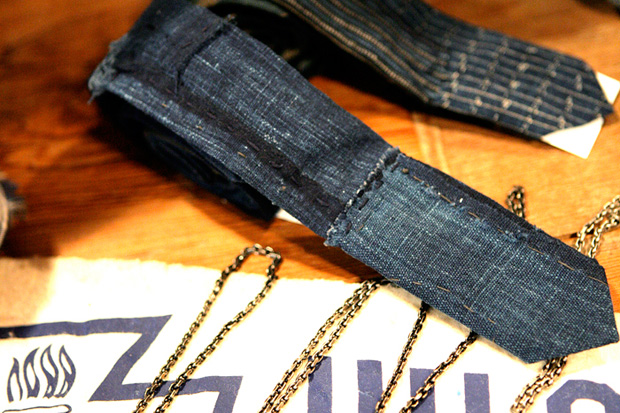
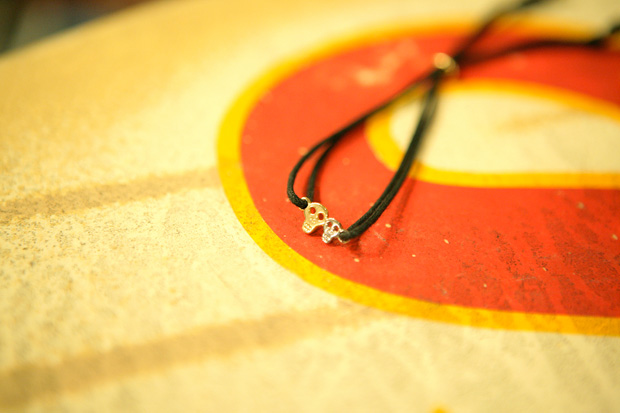
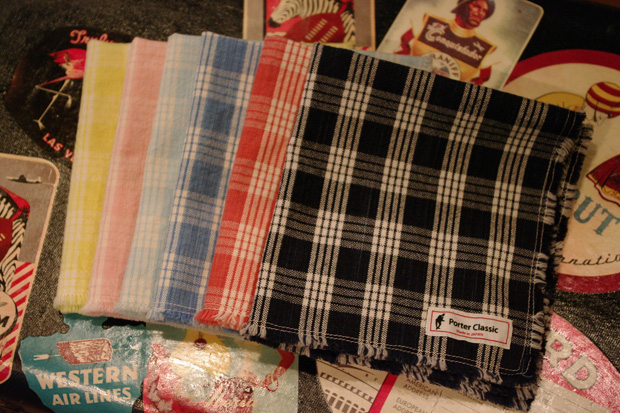
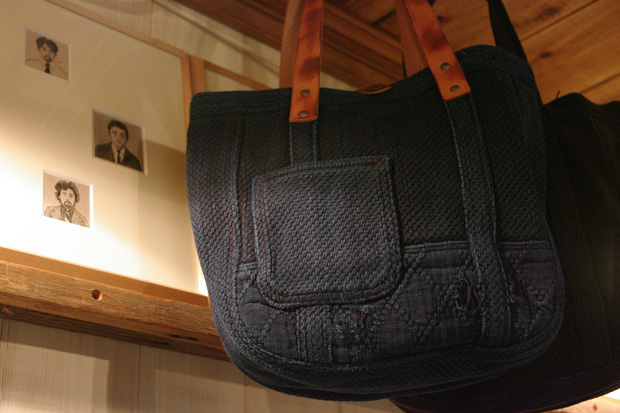
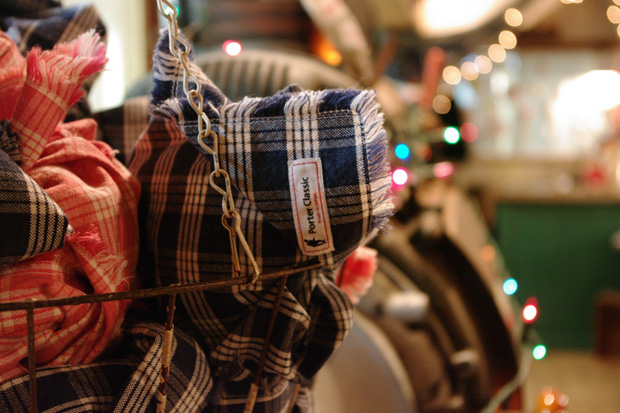
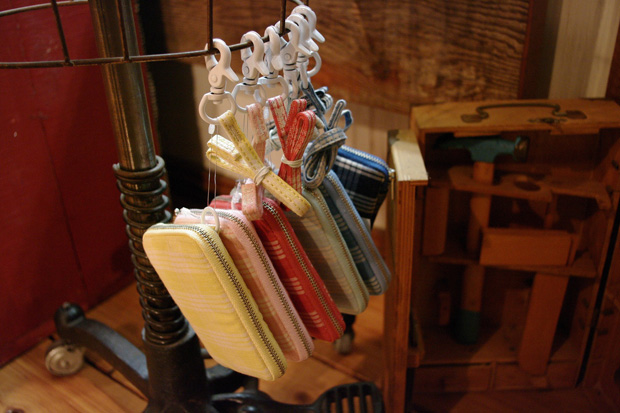
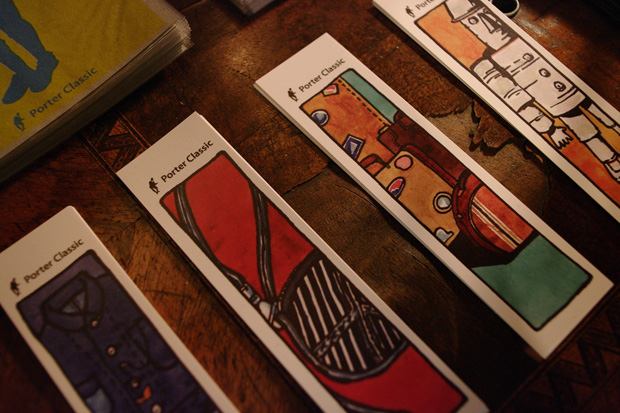
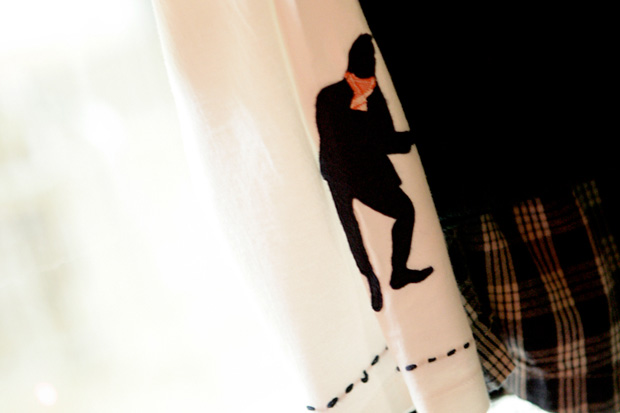
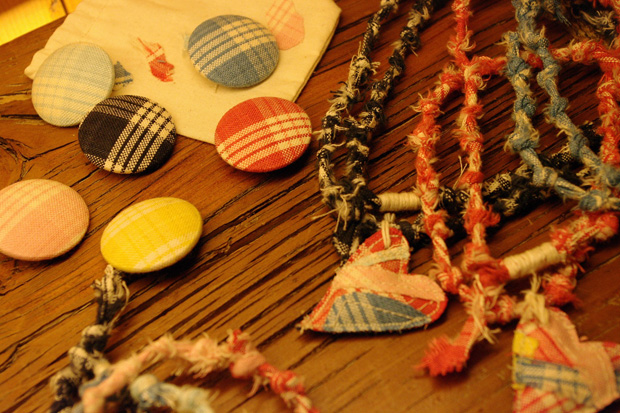
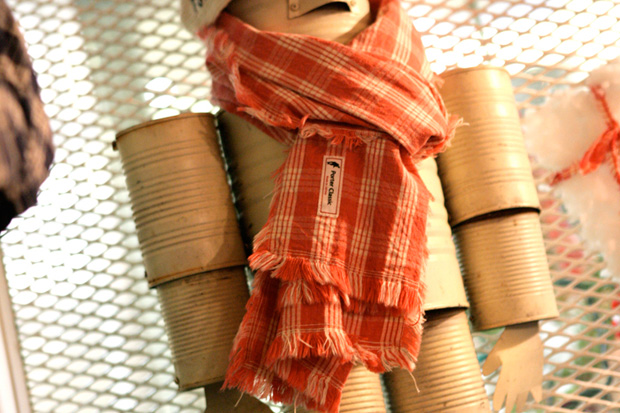
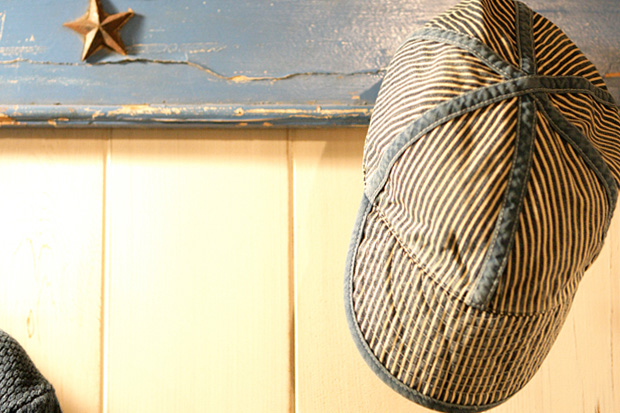
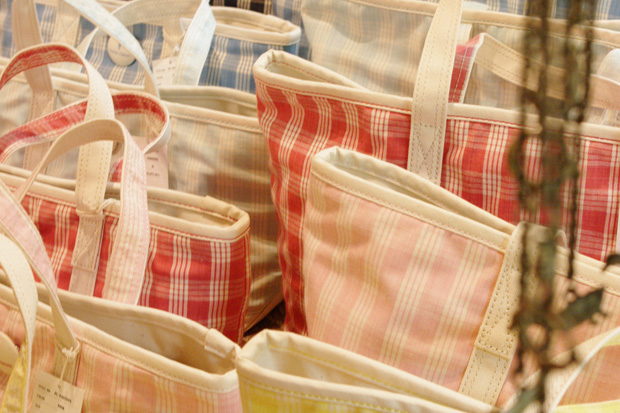
LEO YOSHIDA
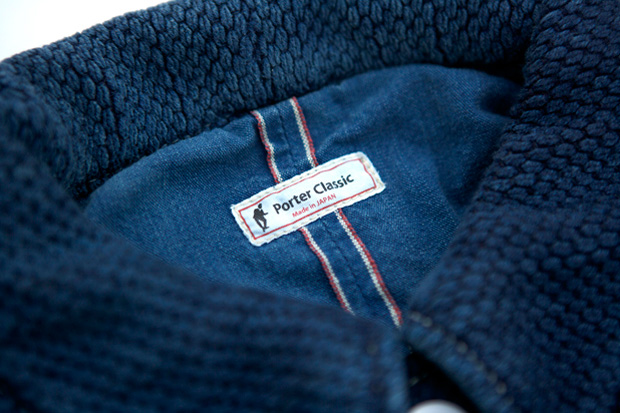
Emerging in recent times, Porter Classic has been a little known entity within the whole Yoshida empire which has predomiantely been known for its bags. In this rare interview, Edwin Himself
speaks with Porter Classic’s director, Leo Yoshida. Some of our favorite answers are seen below as we anticipate more big moves out of Yoshida in the near future.Porter Classic is characterized by their curiosity and appreciation of vintage workwear and the craftsmanship behind Japanese Kendo garments. Led by Katsu and Leo Yoshida, the father and son duo present a collection that plays homage to the popular Japanese label, Porter — which was established within their family almost 70 years ago. There’s a rich history here and a genuine appreciation for quality and Japanese heritage. For the better part of 2 years before making their debut, they made sure that the recreation of time specific fabrics was rightfully fitting for their collection. In 2008, they opened up the first Porter Classic flagship shop in Japan’s Ginza district, providing as an outpost for the Porter Classic lifestyle.For Porter Classic, it isn’t just about recreating what has already been done in the past. It’s also about taking new ideals and combining them with the traditional philosophies behind Porter Classic. It’s about taking it back to the basics. Below are a few words that I was able to share with Leo Yoshida, Director of Porter Classic.
A special thanks to Nicole Mournian.
Illustration by Vincent Santos. Photos provided by Leo Yoshida*****
Can you tell us about the beginning of Porter Classic and the roles that you and your father play within the label?
It started out of necessity. Few years back, Katsu had to go through cancer operation, treatment, leave of absence from the old company (eventually resignation) but after a while he was like “I need to create again.” So my job was to create an environment for him, where he could create luggage, clothes, jewelries, etc. without unnecessary stress. I’m more like the Scottie Pippen type, trying to score and defend and steal and pass the ball to Katsu’s Michael Jordan, the game winner. We design and direct the lines together, from the Kendo fabric series, or the Palaka series, or the Hickory series but we get tremendous help from the “shokunins,” the artisans, in each genre.
You’ve mentioned that it took almost two years to find the right resources needed to develop the Porter Classic collection. What were some of the hurdles that you guys faced during these years?
It’s all about finding the right people. You can have all the budget in the world, but without the right team, it’s impossible to create a great collection. Our first obstacle was finding the best fabric. The company that sells kendo fabric specializes solely with the sport of kendo, so for us, an apparel company, to approach them was not easy. Then once we overcame that obstacle, it was finding the right factory to produce the indigo, as well as the tailoring. The fabric is not an easy material to deal with. Nobody’s ever done a Chinese jacket from a kendo facric, so it was lot of trial and error in the beginning.
Just over a year ago, Porter Classic opened its doors in Ginza. What were some of the other locations that were considered? What was it about this neighborhood that finalized your plans to set fort in Ginza?
Actually Ginza was the only place we looked… It’s the best place in Tokyo no doubt. Movie theaters, best restaurants, great bars, cool camera shops, five star hotels, it’s all in Ginza. Aoyama, Harajuku, Nakameguro, tis all great but Ginza is THE center of Tokyo. Miyuki Street (where PC shop is located) was one of the first fashion districts in Tokyo back in the 60’s. Katsu was definitely influenced by that environment back in the day, and he always had a soft spot for this neighborhood…So when we found out there was a space available, we moved fast. The space, is located under a railroad track, in an arcade called The International Arcade. You literally hear trains passing above the shop. It’s awesome…
When most brands open a shop in skyscraper buildings, we went the opposite way… a beat down narrow arcade… Also, there are lot of foreign brand shops located in Ginza, and we being a made-in-Japan brand, there’s definitely a “we have to stand up against the wave” kind of attitude…
So far, I only know of two places in Japan to acquire your goods. Are there any immediate plans for international markets in the West to obtain some of your pieces? What should we be expecting to see from Porter Classic in the near future?
We are launching a new luggage brand next year, aimed precisely for the international market. The show is in January, so products will be in stores around March. Komu Yoshida is the main designer for this project, the same designer who created the Porter HEAT series which is the second most popular line after TANKER series. He also resigned the Yoshida company recently and joined Porter Classic.
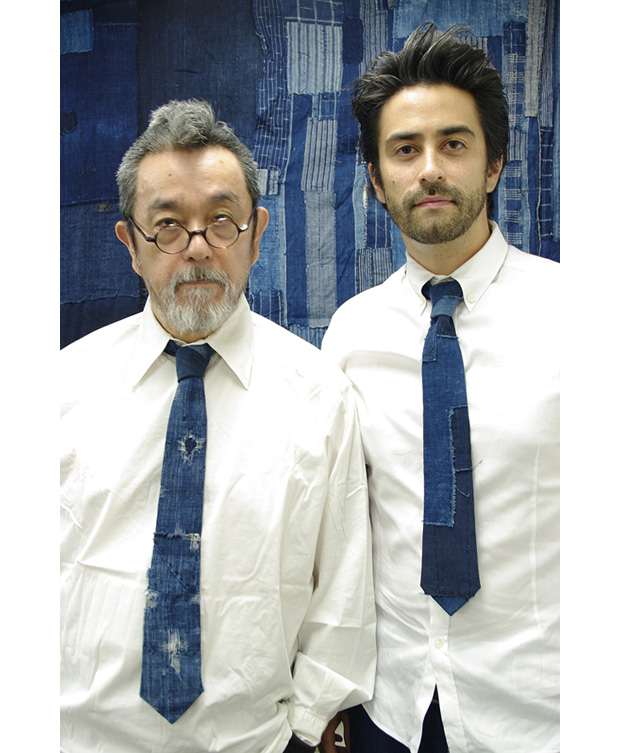
Special Thanks Post by EDWIN HIM SELF
Like FATHER
Like SON
Think Silly have curated a great online article about Porter Classic, prior to the launch and its emergence on the scene in Japan. Father and son duo, Katsu Yoshida and Leo Yoshida offer a great account for themselves in this great insight to the concept, the collection and the store in Tokyo.
Special Thanks Post by SLAMXHYPE
KICHIZO
(open all images in new tab/window to enlarge)
Whilst sifting through old image banks last nights I came across this set from a few months ago. I was invited by Leo and Katsu Yoshida of Porter Classic to attend the inaugural exhibition (viewing/presentation) of their brand new sub-line, Kichizo. Named after the Yoshida family patriarch and founder of Yoshida Co. Ltd (Porter Japan), this is the second line produced by Leo and Katsu after parting ways with the original Porter company, in an effort to continue Kichizo’s legacy of producing only the finest hand finished and detailed bags and accessories.
At the time due to a media embargo I wasn’t able to share these images, but with the impending arrival of the line into stores across the world, I’m now allowed to show you a few snaps from the exhibition, designed by one of the true godfathers of the Tokyo Ura-hara movement.
The bag collection was separated into two parts - Organic Cotton & Leather, and Polyester. The cotton/leather range is a bit more premium, and features some great details which aren’t immediately noticeable to the eye. Komu Yoshida, Leo’s cousin and one of Yoshida Co. Ltd’s top designers, also left the company to join their team. Each item from the cotton/leather bag range also comes with its own brass key chain, as below.
Some of my favourite pieces from the range. Tote, and backpack. I like the straps.
Some close-ups of the detailing in their bags. Some of these took months with dozens of revisions before approval.
Accessories also played a large part in the inaugural Kichizo collection. Premium leather wallets, belts, brass wallet chains, and I love the little tag at the end of the chain. It might read a little corny to some, but it truly embodies Leo and Katsu’s design philosophy behind Porter Classic and Kichizo. If you ever get the chance to chat to these gentlemen you’ll see it almost immediately.
The initial collection also included a few apparel pieces, like this waistcoat and railworker’s jacket, manufactured in the special hand-woven Kendo fabric, traditionally only reserved for the “gi” and other apparel worn by kendoka (Kendo fighters). It took Katsu over 15 meetings with the Kendo association of Japan to seek permission to use this fabric in a fashion sense, as Kendo is held at a very sacred level amongst traditional Japanese culture. The fabric is thick yet supple, breathable but tough, and really needs to be felt to be believed, which I suppose makes sense given its intended original usage. I love the jacket. Perhaps my favourite from this entire season’s worth of exhibitions.
Katsu also managed to include a couple of rather interesting items from his guitar collection in the exhibition. Like his friend Eric’s Strat.
Or this personalized Martin&Co., featuring a mother-of-pearl silhouette of Katsu’s head. Incredible.
Thank you Katsu! おめでとうございます !! Congratulations on the opening of your new pawn shop too.
The Kichizo Collection by Porter Classic will be released starting on 20th May 2010 at Porter Classic Tokyo and select retailers across the globe.
PORTER CLASSIC
東京都千代田区内幸町1-7 インターナショナルアーケード
第1アーケード内
Tel 03-5512-0150
営業時間 11:00~20:00 年中無休
(next door to Imperial/Teikoku Hotel, 5 mins walk from Yurakucho station)
http://www.porterclassic.com
![[date-header-bg.gif]](https://blogger.googleusercontent.com/img/b/R29vZ2xl/AVvXsEiCYE3aiPBDWXi-w43FiVfcz7g1sWfQbZekRtSRUquWmWhw6Meh7CwiOGZ_rw2xTPWrmXx1hs9Xdb1po-nZeRoxKqVO1r2IGQRwZqVs3r6Xo7OZP77jnFHpZNSW9kWkvY6Eh_ugorJDgOKe/s1600/date-header-bg.gif)
PERSONAL EFFECTS
Compiled by The PORTASTYLISTIC
“ Ready to Wear ”














































No comments:
Post a Comment